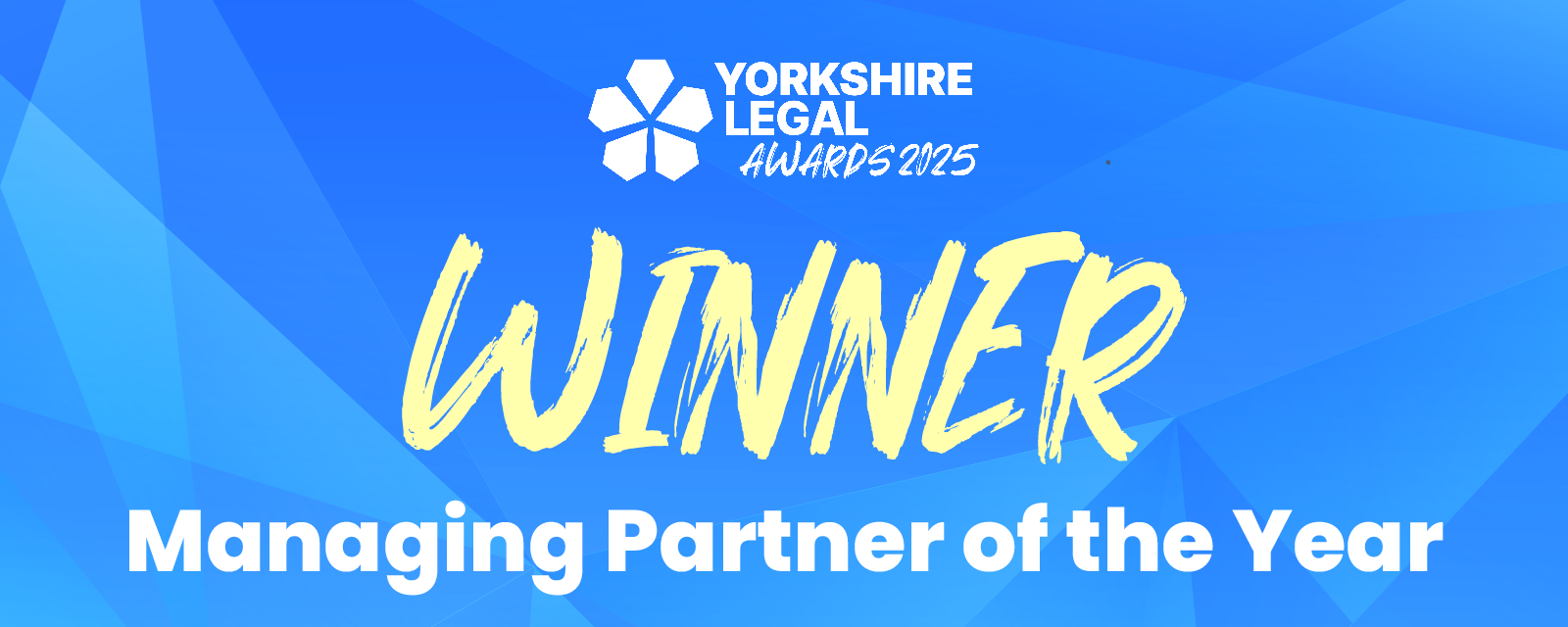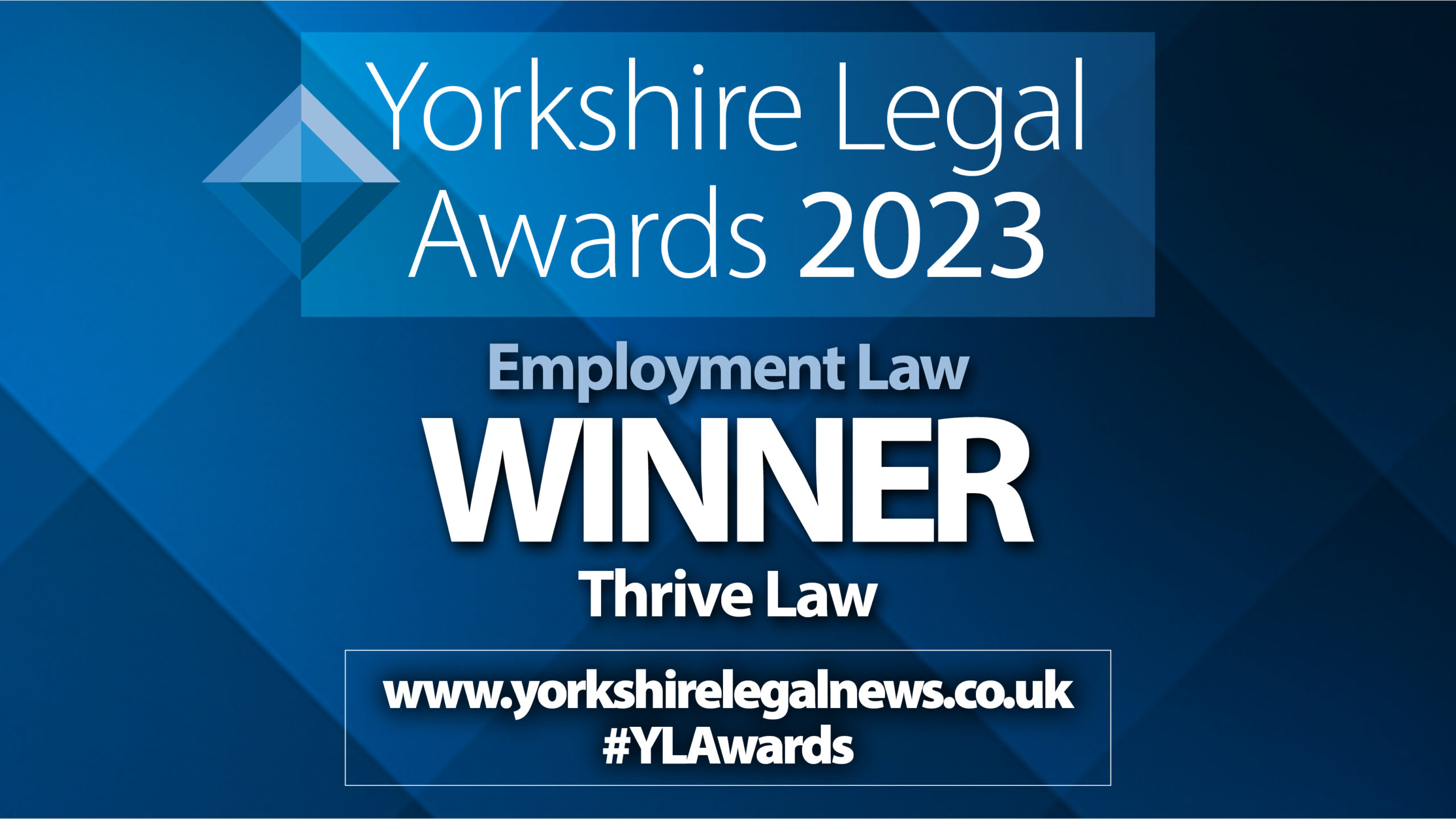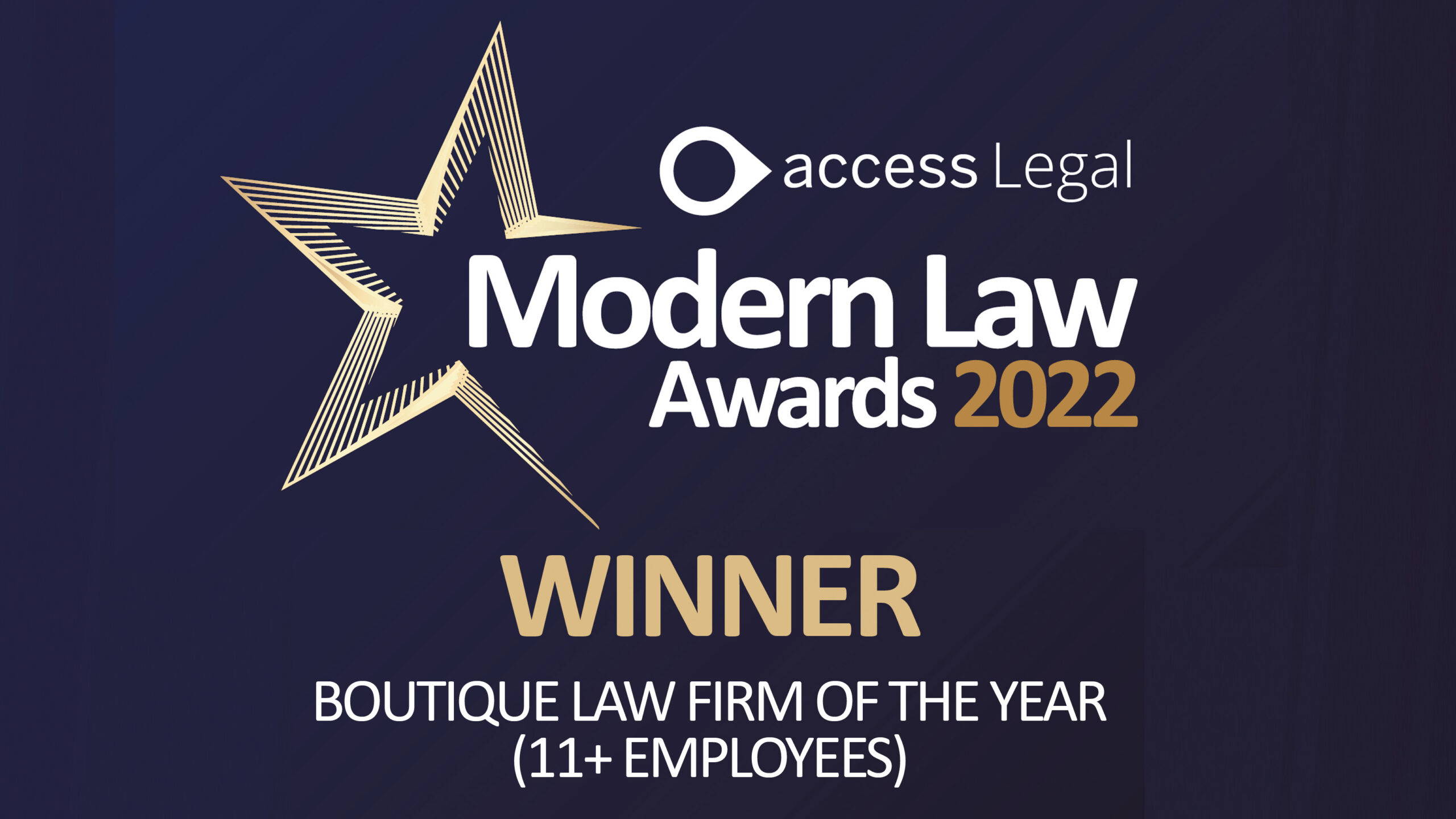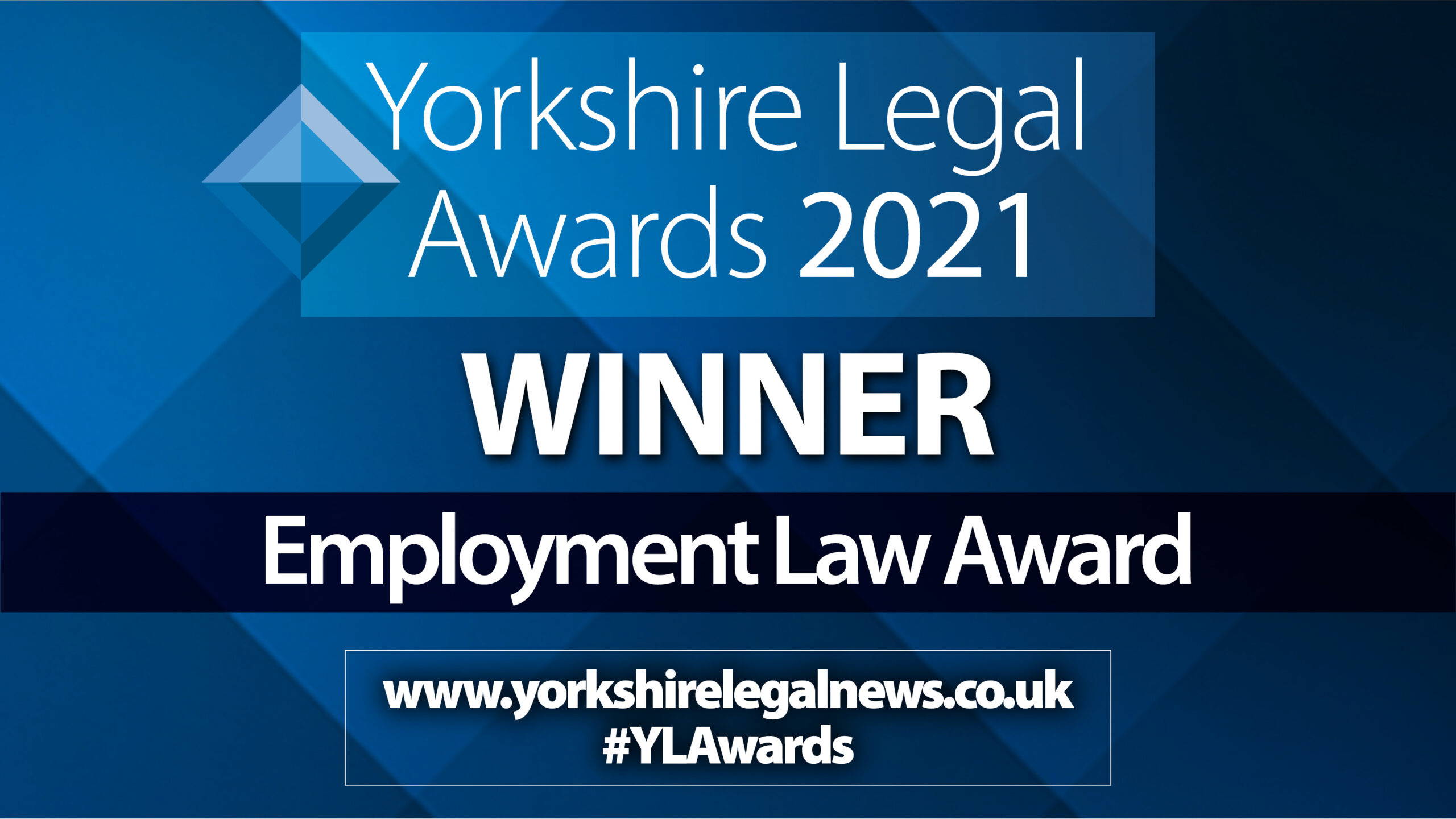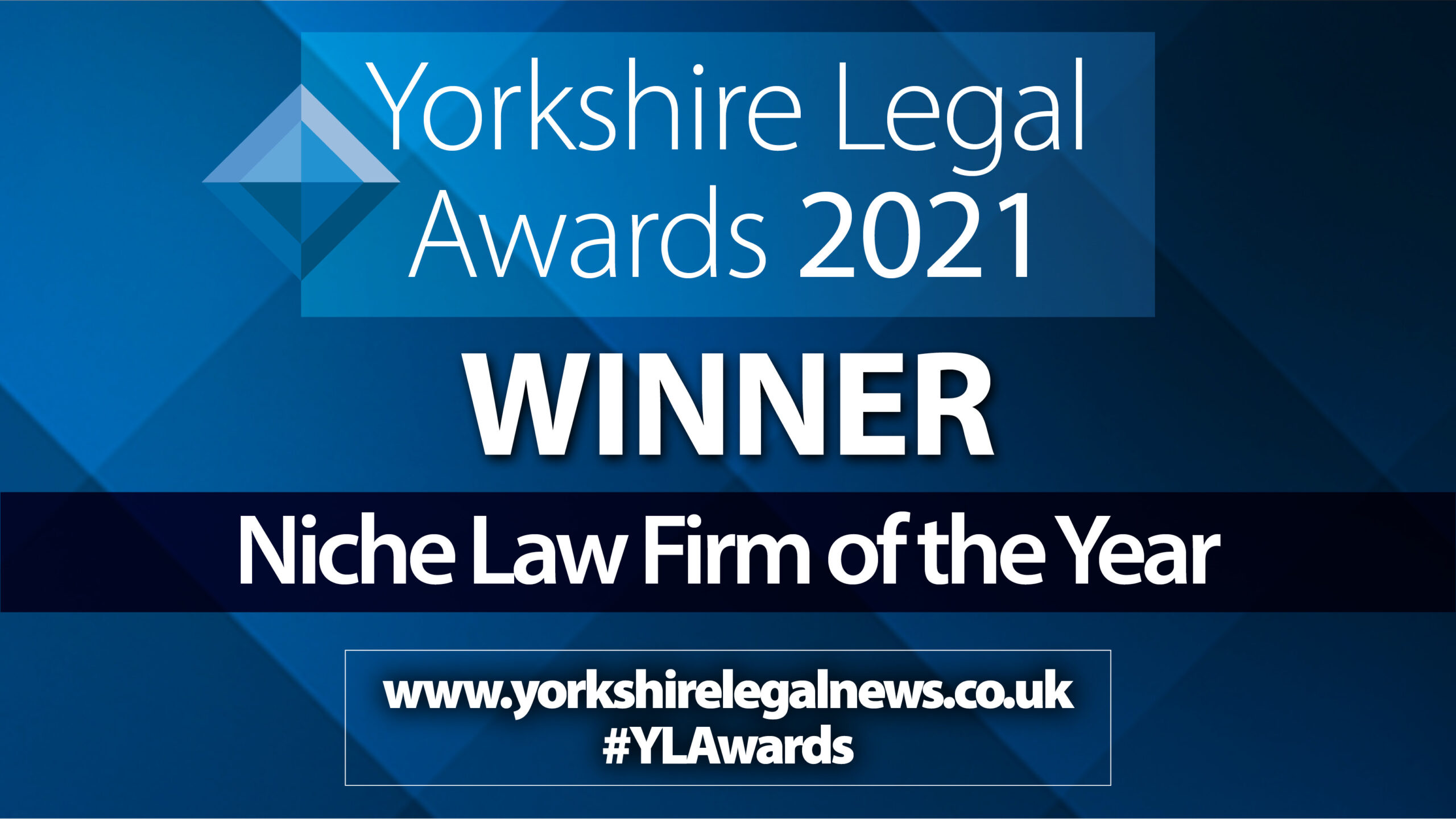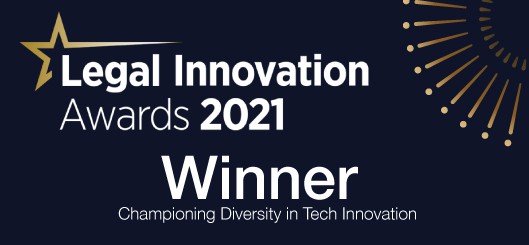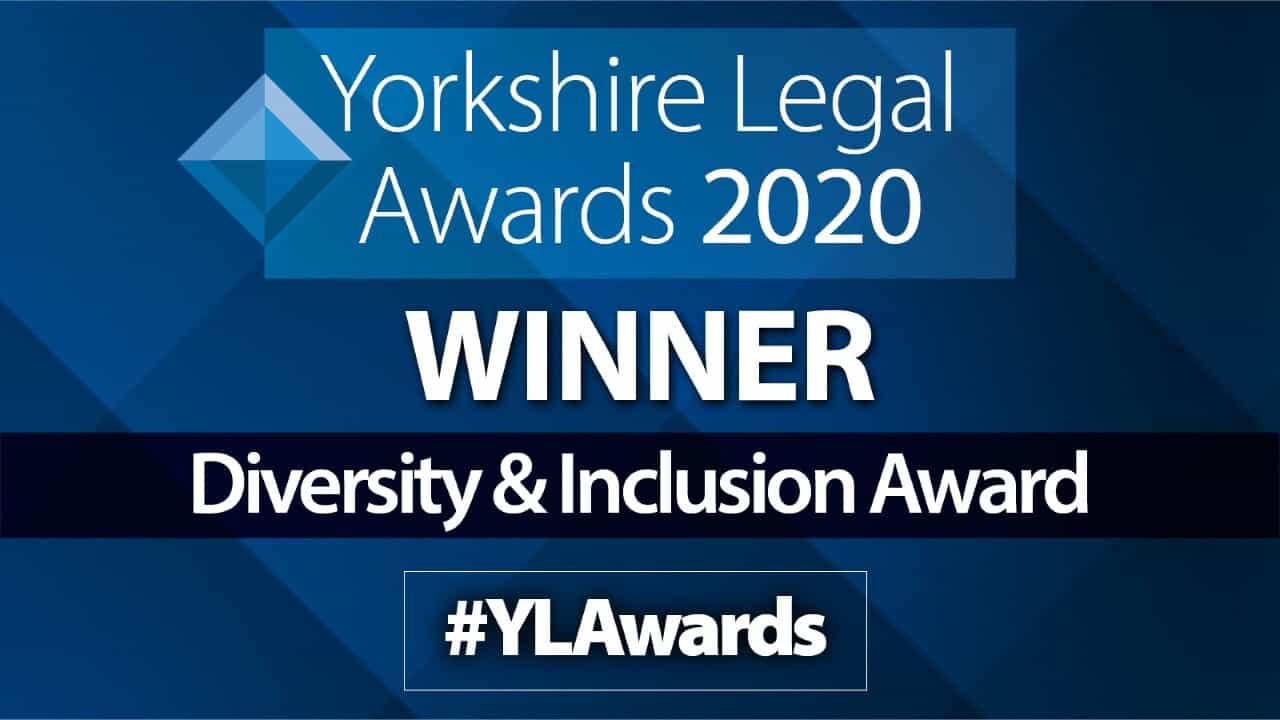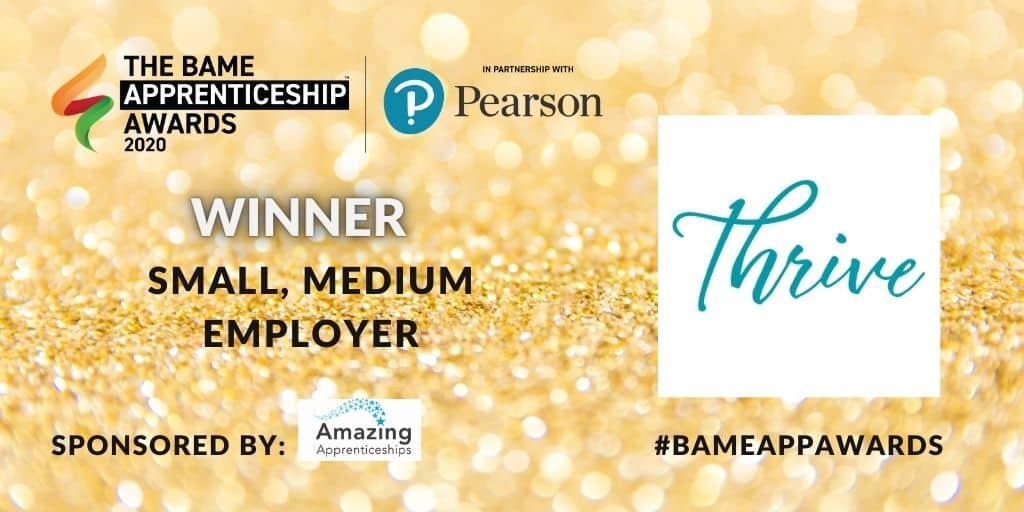In recent years, conversations around neurodiversity have started to gain momentum, and rightly so. But when it comes to ADHD (Attention Deficit Hyperactivity Disorder), myths and misconceptions still dominate far too many workplaces. These misunderstandings don’t just harm individuals; they prevent organisations from unlocking incredible potential.
At Thrive Law, we work with employers every day to challenge those assumptions and help them create truly inclusive, neuroaffirming environments where everyone can thrive.
💡 What ADHD Really Is
ADHD is a neurodevelopmental difference that affects how a person regulates attention, energy, and impulses. It’s not a behavioural issue or a sign of low intelligence – it’s a difference in how the brain processes and prioritises information.
People with ADHD might experience challenges such as:
- Difficulty focusing on repetitive or unengaging tasks.
- Trouble with organisation, time management, or working memory.
- Feeling overwhelmed by too many simultaneous demands.
But alongside those challenges, ADHD often brings exceptional strengths: creativity, hyperfocus, innovation, problem-solving, empathy, and the ability to think outside the box.
The key is understanding and supporting those differences, not trying to change or “fix” them.
🚫 Common Myths and Misconceptions About ADHD
Despite greater awareness, there are still many myths that can shape workplace attitudes toward ADHD. Here are a few of the most common, and why they’re simply not true.
Myth 1: “People with ADHD just need to try harder.”
This misconception assumes ADHD is about effort or willpower. In reality, ADHD is neurological. The brain’s dopamine regulation system works differently, which affects motivation, focus, and reward. “Trying harder” doesn’t solve it, but the right environment, structure, and support can make a huge difference.
Myth 2: “ADHD is just about being easily distracted.”
While inattention can be one symptom, ADHD is far more complex. Many individuals actually experience hyperfocus – intense concentration on something they find stimulating or meaningful, often for hours on end. The challenge is regulating attention, not a lack of it.
Myth 3: “It only affects children.”
This is one of the most persistent misconceptions. ADHD doesn’t disappear with age. Many adults are only diagnosed later in life, often after years of feeling misunderstood or struggling in traditional work environments.
Myth 4: “People with ADHD can’t be organised or successful.”
In truth, countless high-performing professionals have ADHD. With the right systems, adjustments, and understanding, individuals can excel in dynamic, fast-paced, and creative environments. Organisation might look different, but it doesn’t mean it’s impossible.
Myth 5: “ADHD is the same for everyone.”
Just as no two brains are the same, no two ADHD experiences are identical. Some people are predominantly inattentive, others hyperactive or impulsive – many are a combination of all three. Factors like co-occurring conditions, environment, and support also play a major role.
When employers recognise that ADHD manifests differently in everyone, they can move away from one-size-fits-all approaches and start creating personalised, meaningful support.
🌱 How Employers Can Create ADHD-Inclusive Workplaces
A supportive workplace doesn’t require a huge investment – it starts with awareness, empathy, and open communication. Here are some practical adjustments and approaches employers can adopt:
- Flexible working arrangements – allowing hybrid or remote work, or flexible hours, can help manage focus and energy levels.
- Clear communication – using written follow-ups, visual aids, or structured checklists.
- Quiet spaces – reducing sensory overload by providing low-stimulation environments or noise-cancelling options.
- Regular feedback and coaching – supporting individuals through consistent check-ins and constructive, encouraging feedback.
- Access to training and awareness sessions – helping teams and managers understand ADHD and other neurodivergences from a lived-experience perspective.
These steps help ensure that employees with ADHD feel valued, supported, and empowered to do their best work while also improving retention, wellbeing, and workplace culture overall.
💛 Why Understanding ADHD Benefits Everyone
Creating a neuroinclusive culture isn’t just “nice to have”, it’s smart business. Organisations that embrace neurodiversity see improved innovation, problem-solving, and team morale. People feel more psychologically safe to share ideas and challenges openly.
As one of Thrive Law’s guiding principles, inclusion is about fairness, respect, and opportunity, but it’s also about unleashing human potential.
⚡ Final Thoughts
Breaking myths about ADHD starts with conversation, curiosity, and compassion. The more we understand, the better equipped we are to create workplaces where every brain is seen as an asset, not a challenge to overcome.
At Thrive Law, we’re passionate about helping employers embed these values into every level of their organisation through training, legal support, and culture transformation.
💛 Is it time to review how your organisation supports ADHD and neurodiversity?
Visit our Neurodiversity page or get in touch at enquiries@thrivelaw.co.uk to find out how Thrive Law can help you build a truly inclusive, neuroaffirming workplace.
